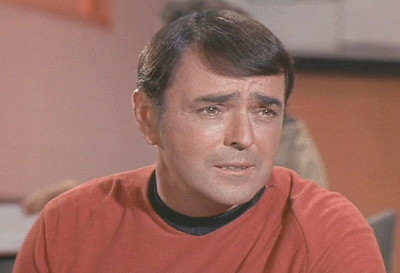India, to the Moon!
Tuesday, October 7th, 2008Who is this man?

He’s the man who’ll give India the moon, otherwise known as Mylswamy Annadurai, the recipient of the Hariom Ashram pretit Vikram Sarabhai Research Award for his outstanding Contributions to Systems Analysis and Space systems management(2004), and the recipient of a citation from ISRO for his contribution to the INSAT systems Mission management(2003) and Team Excellence award for his contribution to Indian Space Program (2007):
On the shoulders of the soft-spoken M Annadurai rests a mission that will make history for the Indian Space Research Organisation (ISRO) and for India. The man, who has worked on a dozen ISRO missions, is now the project director of the most ambitious of missions of ISRO till date. Annadurai… is now preparing to send India’s first mission to the moon, Chandrayaan I.
The spacecraft, which will carry 11 payloads, of which five are from India and six from the US, Europe and Bulgaria, will be launched onboard the Polar Satellite Launch Vehicle C11 (PSLV), with improved strap-on motors. On D-day (as of now, October 22), the PSLV’s lift-off will take India into the league of nations that have had a date with the moon, remotely. This could be just the warming up before an Indian lands on the moon.
Here’s a good illustration of the Chandrayaan I mission. Integration with the launch rocket has begun at Sriharikota Range (SHAR), and the launch is scheduled for the 22nd of this month:

At SHAR, the lunar probe will undergo a further series of electrical and mechanical checks, including those of its solar panels. It has already undergone preliminary thermal and vibration tests at the ISRO Satellite Centre (ISAC) in Bangalore.
The upgraded version of the launch rocket PSLV-C11 will have a lift-off weight of 316 tonnes, and will be used to inject the 1,304-kg mass Chandrayaan-I into a 240 x 24,000 km orbit. Subsequently, the spacecraft’s own propulsion system will be used to position it in a 100-km polar orbit around the moon.
We’ll have more about the liftoff as the 22nd approaches.





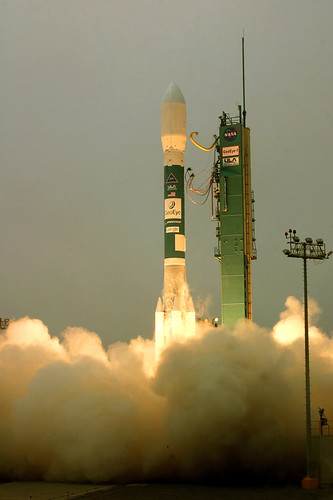

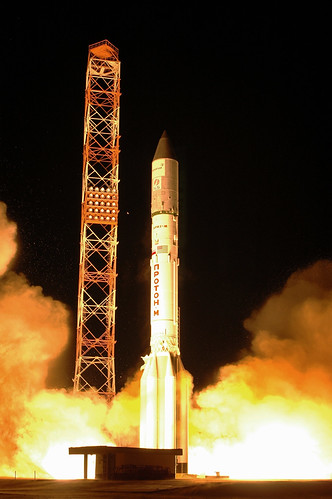
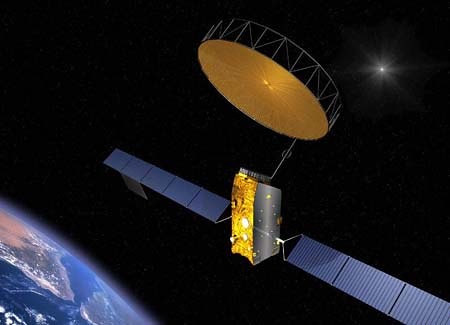
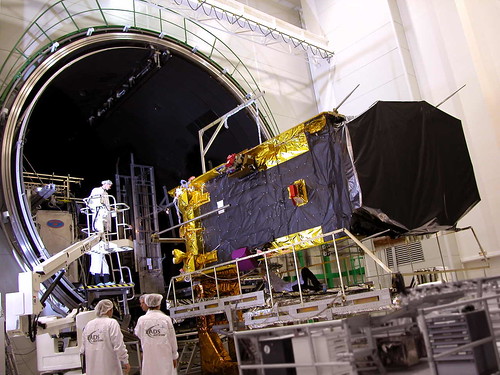
 This Thursday, August 14, 2008, an Ariane 5 rocket is scheduled to lift the
This Thursday, August 14, 2008, an Ariane 5 rocket is scheduled to lift the 